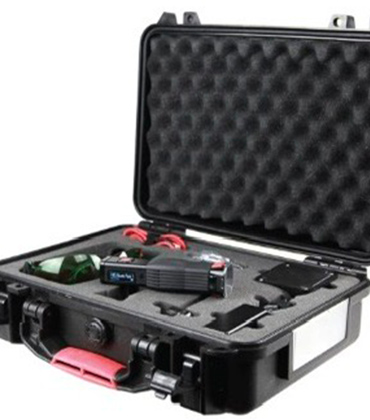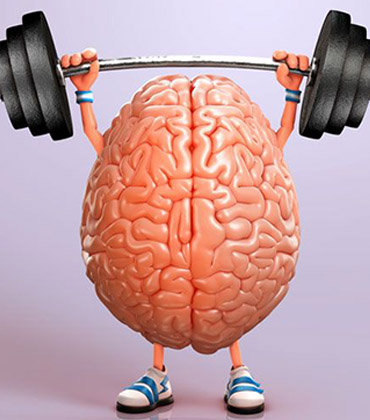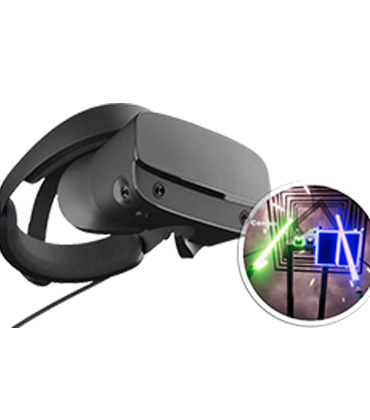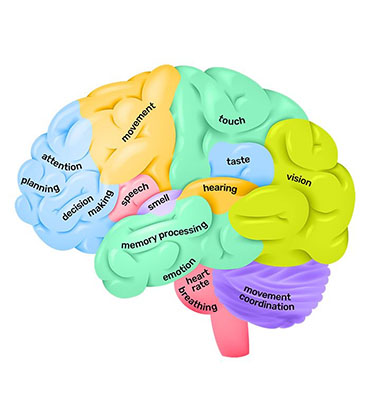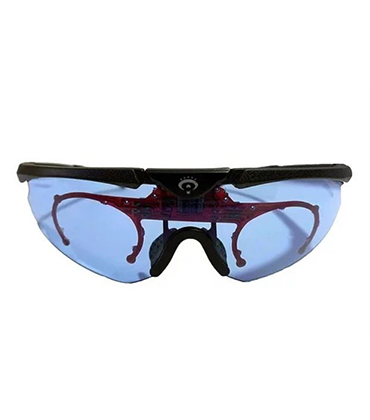Modalities
The MaiveBrain Clinical Approach: Addressing Root Causes Rather Than Symptoms
Our comprehensive treatment model combines multiple evidence-based modalities to address neurological imbalances at their source:
1. Primitive Reflex Integration Therapy:
- Specialized movement sequences to complete undeveloped neurological pathways
- Targeted exercises to inhibit persistent reflexes
- Developmental movement patterns to rebuild foundations
2. Hemispheric Balancing Techniques:
- Activities to improve communication between brain hemispheres
- Sensory integration to address processing deficits
- Cognitive exercises to strengthen weak areas
3. Nervous System Regulation Strategies:
- Vagus nerve stimulation to enhance parasympathetic tone
- Breathing techniques to restore autonomic balance
- Stress reduction protocols to lower cortisol
4. Functional Neurology Interventions:
- Specific stimulation to activate underdeveloped brain areas
- Sensory-motor integration exercises
- Cognitive training tailored to individual needs
5. Chiropractic Care:
- Precise adjustments to optimize spinal alignment
- Cranial therapy to improve cerebrospinal fluid flow
- Reduction of nerve interference affecting brain-body communication
The Transformative Results We Regularly Observe:
- Dramatically improved focus and attention span
- Better emotional regulation and reduced outbursts
- Enhanced learning abilities and academic performance
- Stronger immune function and fewer illnesses
- Healthier digestion and improved nutrient absorption
- Improved social skills and peer interactions
- Better sleep quality and duration
- Increased confidence and self-esteem
Your Next Steps Toward Helping Your Child Thrive
If your child struggles with any of the following:
- Behavioral challenges (tantrums, aggression, opposition)
- Learning difficulties (reading, writing, math)
- Emotional dysregulation (meltdowns, anxiety)
- Developmental delays (speech, motor skills)
- Sensory processing issues (sensitivities, seeking)
- Focus and attention problems (ADHD symptoms)
Laser therapy (Photobiomodulation)
At our practice, we utilize advanced low laser therapy alongside neuro-solution protocols to achieve remarkable healing effects.
Interactive Metronome/gait training
Interactive Metronome (IM) is an evidence-based training and assessment tool. IM is proven to improve cognition, attention, focus, etc
Core Balance and Strength
A central element of our practice is core work, which involves strengthening the
trunk muscles—specifically the stomach and back muscles.
Neurosage
Systemic neural adaptation (SNA) is a process that promotes positive neuroplastic change within the brain and nervous system.
CREYOS
Precise cognitive testing for better patient care. With Creyos we make objective assessment. It is the cornerstone of cognitive and behavioral healthcare.
Eyelights - Colored Glasses with Special Lights
These are truly a staple in our therapy program.
Just about every patient is recommended to wear these at home and in the office!

Revaluations & Progress Reports
In our experience, regular communication makes all the difference in the program’s outcome. Since we focus on functions — and not just symptoms — we will periodically complete reevaluations and follow-up testing to measure improvements, as well as when your treatment is complete and your goal has been reached. For most patients, we reevaluate every 12 weeks; if you are traveling long distances, we recommend every six months. Based on objective changes, we can estimate how long it will take to reach your goal. Most patients will be expected to fill out forms that document any at-home activities. For virtual patients or those who have returned home, we will conduct monthly follow-up calls to answer questions or outline any changes to the program. Our team typically reviews dozens of functional measurements based on accepted objective tests in areas like vision and visual processing, hearing and auditory processing, balance and inner ear function, tactile and touch, proprioception, smell and cognitive functions. For patients under five years old, many objective functional tests cannot be performed, which is why the checklists and examination are critical.
What To Expect During Your Examination
After checking in for your appointment, we will take you through a physical and neurological evaluation using a number of standardized tools to help determine if you have a physical and neurological imbalance. During the assessment, you may undergo various functional tests so we can obtain objective baseline data. Before your visit, you will have filled out a number of different forms for yourself or on behalf of your child, such as:
Sensory Checklists Sensory checklists provide us with baseline data on a child’s sensory function.
They measure the level of symptoms that may be coming from one or all of the sensory systems: vision, auditory, olfaction, tactile, vestibular and proprioception.
This information will help us determine the treatment modalities needed to restore function. Developed and perfected by our specialist, our unique approach combines the use of specific sensory stimulations, known as coactivation. Objective and subjective assessments by our team determine the types of stimulation used, to what level and in what combination, leading to powerful results. Cognitive Style Profile If you’re an adult, you will have filled out the cognitive style profile, another checklist developed b to help determine your hemispheric dominance. Just like all of us are either left- or right-hand dominant, humans are left- or right-hemisphere dominant in the way we think and how we view the world.
Everyone is different! Some people are more exclusively or extremely dominant on one side, while others experience a mix. When someone is unusually talented or gifted in a particular area on one side of the brain, it occurs because a specific area of the brain that controls different functions is more connected, faster and efficient. This imbalance means the individual will hold an advantage in a particular skill — but as the strength grows, so too can a weakness or vulnerability on the opposite side of the brain. Eventually, that weakness can overcome the strength, leading to challenges in another functional area. This developmental imbalance in the body, nervous system and brain is what we believe to be the primary basis of most mental and physical conditions.
The cognitive style profile can help us — and you — understand how your brain works, your strengths and weaknesses, and how it shapes who you are.
Master Hemispheric Checklist you will also have filled our Master Hemispheric Checklist. Refined over the years, the checklist is designed to assess symptoms, identify deficits in each area of the right or left hemisphere, and establish if there is a neuro logical imbalance (and on which side). Along with other functional tests and exam findings, this will help identify which hemisphere is deficient or overactive, and where. It will also help determine the severity of the imbalance, providing us with an idea of how long treatment will take to try to restore optimal function and balance. Functional Testing Most clinicians focus only on symptoms and trying to treat them. They never ask important questions like: ‘Why does a patient exhibit these symptoms?’ or ‘What is the root cause?’ The only way to truly identify the cause is to understand and measure function.
Our center focuses on restoring function, rather than simply managing symptoms. Our process:
- Measure an individual’s functions
- Compare the results with a normative database (especially age-based) to see how far they deviate from normal function
- Review the results of all functional areas for a complete picture
- Develop a personalized treatment plan based on the most significant functional deficits our team typically reviews dozens of functional measurements based on accepted objective tests in areas like vision and visual processing, hearing and auditory processing, balance and inner ear function, tactile and touch, proprioception, smell and cognitive functions. For patients under five years old, many objective functional tests cannot be performed, which is why the checklists and examination are critical.
DID YOU KNOW most people have no idea if they are left-hemisphere or right-hemisphere dominant? The brain is our most import ant organ, yet it is the one we know the least about.
